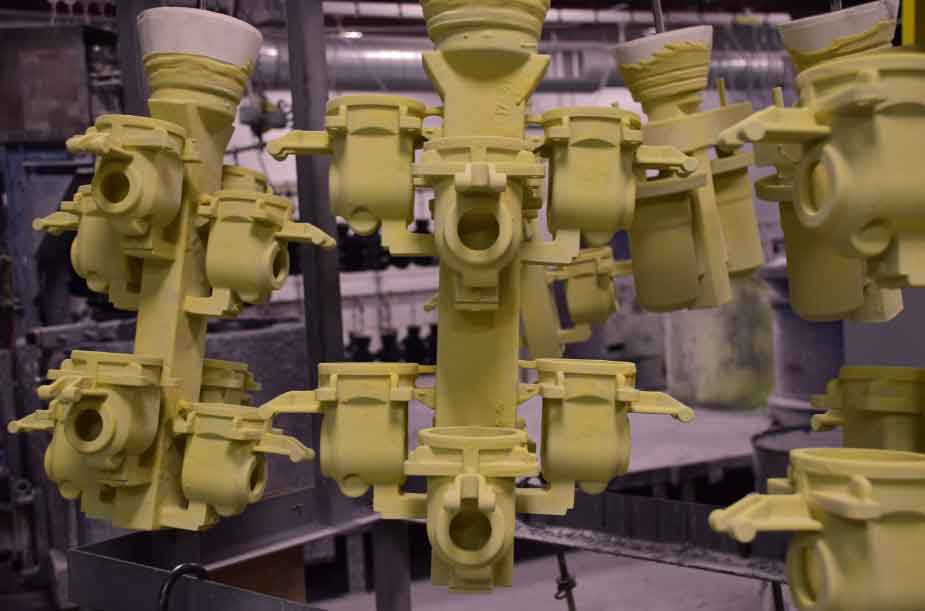Investment casting technology has seen significant innovations and advancements over the years, leading to improvements in process efficiency, quality control, and design capabilities. Here are some notable innovations in investment casting technology:

- Rapid Prototyping and 3D Printing: The integration of rapid prototyping and 3D printing technologies has revolutionized the investment casting process. It allows for the direct production of wax patterns using additive manufacturing techniques, eliminating the need for traditional pattern-making methods. 3D printing enables faster and more cost-effective pattern production, offers greater design freedom, and facilitates the creation of intricate and complex geometries that were previously challenging to achieve.
- Digital Simulation and Modeling: The use of advanced computer-aided engineering (CAE) software and simulation tools has significantly enhanced the design and manufacturing process of investment casting. Digital simulations can predict casting defects, optimize gating and venting systems, and simulate the solidification and cooling of the molten metal. These simulations help improve process parameters, reduce the likelihood of casting defects, and optimize the final part’s quality and performance.
- Improved Mold Materials and Binders: The development of advanced ceramic materials and binders for creating the investment molds has enhanced the overall casting process. These materials offer better dimensional stability, higher strength, and improved resistance to thermal shocks, resulting in more robust and durable molds. The use of advanced binders also improves the surface finish of the final part and reduces the likelihood of defects.
- Automation and Robotics: The integration of automation and robotics into the investment casting process has improved efficiency, productivity, and consistency. Automated systems are used for tasks such as shell building, dewaxing, metal pouring, and mold handling. This reduces human error, increases process repeatability, and ensures a higher level of quality control. Robotics can also perform complex tasks with precision, allowing for increased production capacity and faster turnaround times.
- Non-Destructive Testing (NDT) Techniques: Non-destructive testing techniques, such as X-ray inspection, ultrasound testing, and 3D scanning, have become more advanced and accurate in detecting internal defects and inconsistencies in castings. These techniques help ensure the quality and integrity of the final parts without causing any damage. NDT enables more efficient and reliable inspection, reducing the need for destructive testing methods and minimizing material waste.
- Material Development: The development of new alloy compositions and materials specifically designed for investment casting has expanded the range of applications and improved the performance of cast parts. This includes the use of superalloys, high-performance stainless steels, and lightweight alloys with enhanced mechanical properties, corrosion resistance, and high-temperature capabilities. These materials enable the production of parts that meet the demanding requirements of industries such as aerospace, energy, and automotive.
- Process Optimization and Control: Advancements in process monitoring and control systems have enhanced the overall quality and consistency of investment castings. Real-time monitoring of key parameters, such as temperature, pressure, and solidification behavior, enables better control over the casting process and the ability to detect and correct potential issues. Process optimization techniques, such as statistical process control (SPC) and Six Sigma methodologies, contribute to reducing variability and ensuring the highest level of quality in the final parts.
These innovations in investment casting technology have led to more efficient and reliable production processes, improved part quality, and expanded design possibilities. As technology continues to advance, investment casting will further evolve, enabling the production of increasingly complex and high-performance components for a wide range of industries.
